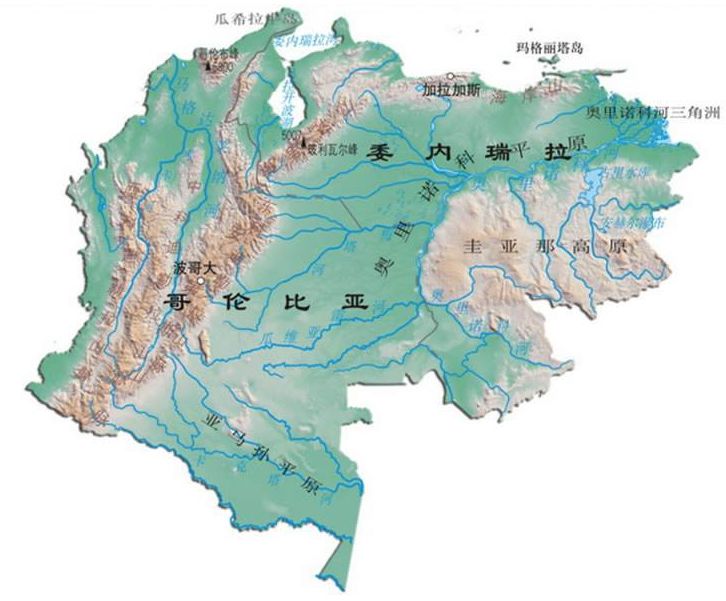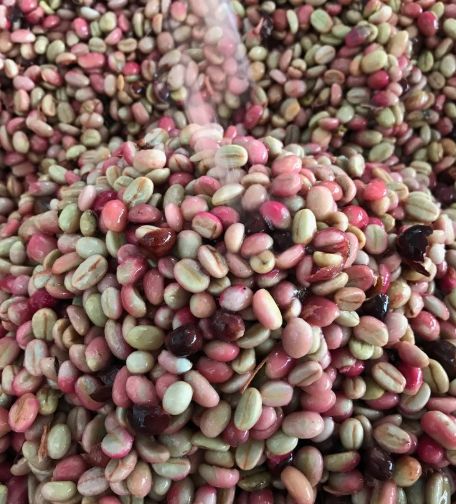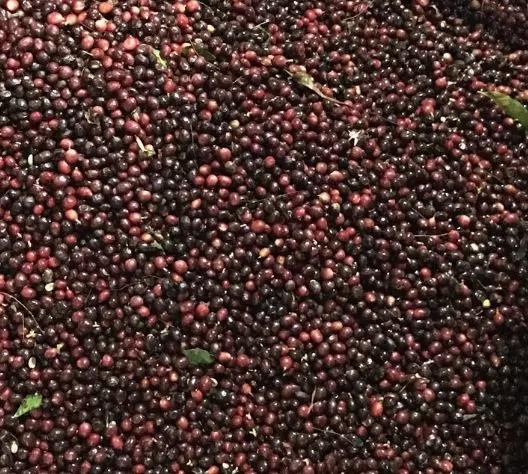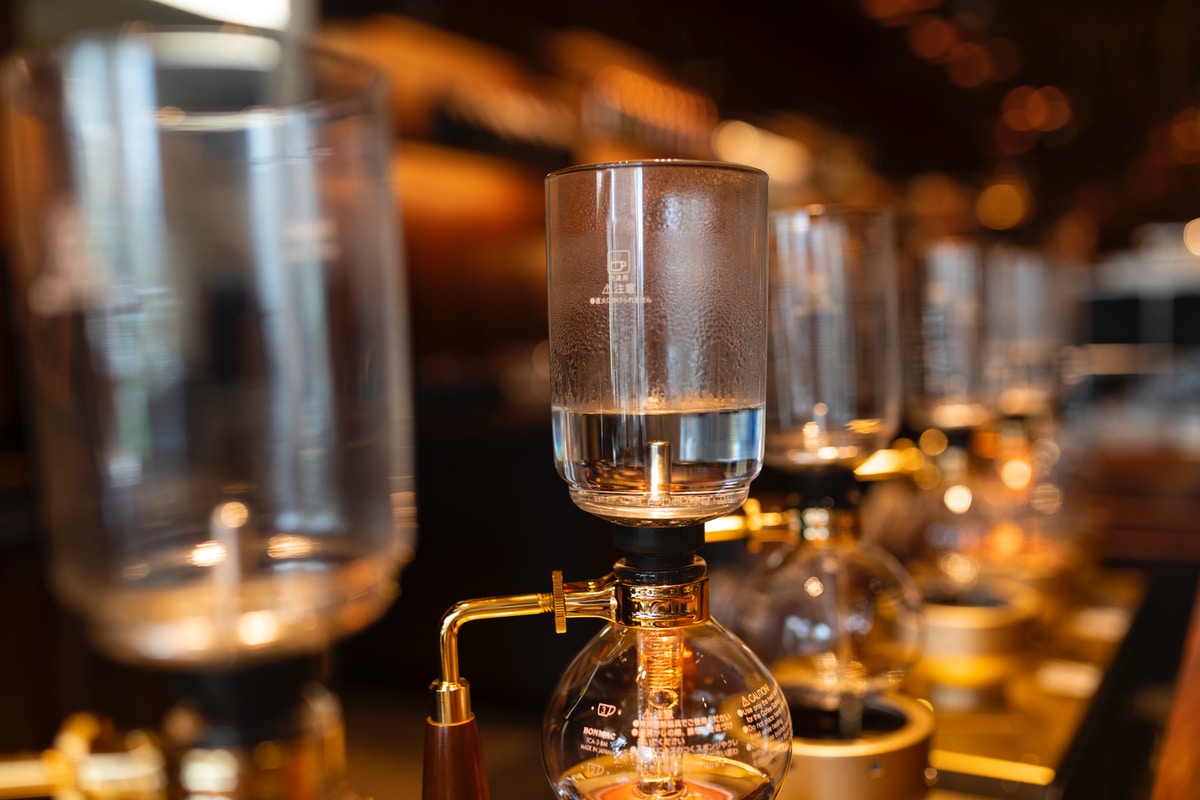The difficult transition of Coffee in Colombia | A country from growing cocaine to growing coffee
Professional coffee knowledge exchange more coffee bean information please follow the coffee workshop (Wechat official account cafe_style)
Colombia, the second largest coffee producer in the world, has a silky taste that is irresistible. Moreover, it has the best balance, soft taste, and is at the forefront of coffee, making Colombian coffee an irreplaceable choice for many coffee fans.
In terms of flavor and quality, Colombian coffee is quite excellent, just like a vaguely charming, graceful but just right young girl.
Colombia is a beautiful country, located in the northwest of South America, it has a long history. Colombia has flowers, gold, emeralds and coffee and become the "four treasures", which shows the importance of coffee in Colombia. Colombian coffee is famous all over the world for its excellent quality, excellent taste and high taste. in terms of quality, Colombian coffee has won praise unmatched by other coffee.

But such a country rich in high-quality coffee was once a major cocaine producer full of drug lords.
Since the colonial period, many agricultural areas in Colombia have used the cultivation of bananas, coffee and sugar cane as cash crops. Until the end of colonial rule, Colombia still has a large amount of uncultivated land. This also seems to lay the groundwork for future cocaine cultivation in Colombia. After that, with the continuous opening of markets in Latin America and the development of free trade, the agricultural model of Colombia also changed into a modern agricultural economy, but at that time, the price of agricultural products in the international market was getting lower and lower. the demand for agricultural crops is also gradually decreasing, under the double attack of the global financial economy and the product economy, the life of the Colombian people is becoming more and more difficult. These two different economic models expose the fragility of agricultural models, and they will not be able to earn income if the market abandons their products completely.
The cultivation of coffee was a very important cash crop in post-colonial Colombia, and due to the intervention of the Colombian Coffee Growers Association and the improvement of operation management and handling methods, the quality of Colombian coffee was greatly improved during that period. Gradually recognized by the market, the lives of farmers have also been improved. But for areas where coffee cannot be grown, farmers are still poor. In fact, many farmers in Colombia are jealous of the lack of market awareness, and inadequate infrastructure, inconvenient transportation and geographical constraints have gradually given rise to various insurgency.

Since 1979, the Colombian government has spent a lot of money to quell the war, and farmers have been forced to grow cocaine as a means of making a living. Because cocaine, as a native plant in South America, was very adapted to the environment of the Andes, at that time, the price of one kilogram of cocaine was equivalent to the price of 250 kilograms of raw coffee beans, so that many coffee farmers switched to cocaine at that time. Can get more economic benefits than coffee.
The transition from cocaine to coffee
The Colombian government has repeatedly tried to eliminate cocaine cultivation and sprayed glycyrrhizin, but it can have a huge impact on the growing environment of other plants, and there are potential health risks, only to combat all kinds of illegal trade in cocaine. Later, Colombians tried to grow robusta coffee at low altitude, because Arabica requires high altitude, although the quality and flavor beans are relatively mediocre, but the Colombian government is willing to support farmers to grow coffee, but it is difficult to completely replace cocaine cultivation.

First of all, farmers need to be trained. Planting in Arabica is much more difficult than cocaine, and the second is transportation. If coffee beans cannot be transported in time for economic benefits, then the accumulated coffee beans are meaningless. Thirdly, it can ensure a smooth transition before the coffee harvest period, ensure the continuous formation of economic income after the harvest period, so that farmers can see hope. Only then can they have the confidence to grow coffee, of course, the government's investment must be stable, otherwise it will all come to nothing. Colombians used to be proud of their coffee as "green gold", but now they choose to watch coffee production decline and become as expensive as gold.
According to the coffee market price at that time, farmers only needed 7 cents more per pound of sheepskin coffee (about 15 cents per kilogram), equivalent to US $1.68 per pound FOB and US $2.19 CIF, which ensured the basic economic interests of coffee farmers at that time, but this required the purchase price of the whole coffee industry chain to be completely transparent. The policy intervention required by the solution can only be achieved.
END
Important Notice :
前街咖啡 FrontStreet Coffee has moved to new addredd:
FrontStreet Coffee Address: 315,Donghua East Road,GuangZhou
Tel:020 38364473
- Prev

How to train and build your own coffee sensory system in the common language of the coffee industry
Professional coffee knowledge exchange more coffee bean information Please follow the coffee workshop (Wechat official account cafe_style) as coffee is gradually recognized, the promotion of boutiques in stores is also born, we also began to ask the source, we regard coffee as a culture. The rise of boutique hand-made coffee undoubtedly does not experience the market.
- Next

How to choose the cooking method that suits you? Does it really take so much wardrobe to make coffee?
Professional coffee knowledge exchange more coffee bean information Please follow the coffee workshop (Wechat official account cafe_style) some people have many different coffee utensils and often make coffee in different ways, but have you ever wondered why you need so many wardrobes? Wouldn't it be better to keep it simple? You can do it yourself.
Related
- Fake news! Mixue Ice City employees insulted HR and smashed the store?!
- Bawang Tea Lady employees "Hand-made milk tea" is on a hot search! Official emergency response
- What's the difference between Robusta and Arabica coffee? What parameters and proportions do you use to grind the water temperature for making hand-brewed coffee?
- Do I have to use pure milk ice bok to make Dirty coffee? What is the difference between Italian milk dirty coffee Dirty and latte and white cappuccino?
- Orange chocolate latte making ratio parameters and formula sharing! Winter special latte milk espresso recommended!
- How does the degree of roasting of coffee beans determine? What is the difference between espresso beans and hand-brewed coffee beans? Is it better to roast Huakui coffee in the medium or lightly roast it?
- How does water injection style affect coffee flavor? How does the size and height trajectory of the water flow used to brew coffee affect extraction?
- Coffee festival booth recruitment translation reward is coffee beans?! Netizen: Golden beans?
- Be careful every word! Starbucks announcement reminds Mixue Ice City fans to clean up garbage!
- Can cheese be made into espresso? How to make a creative special salty cheese latte?

